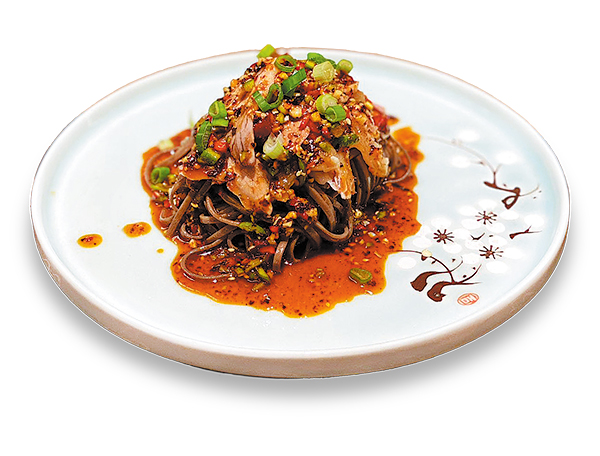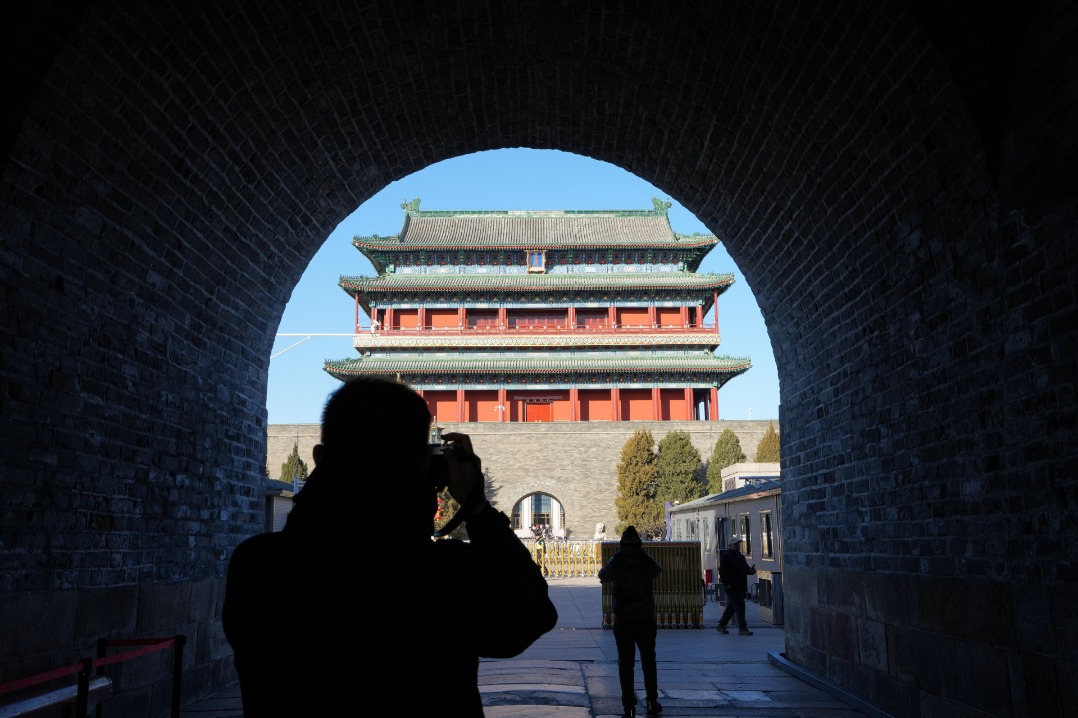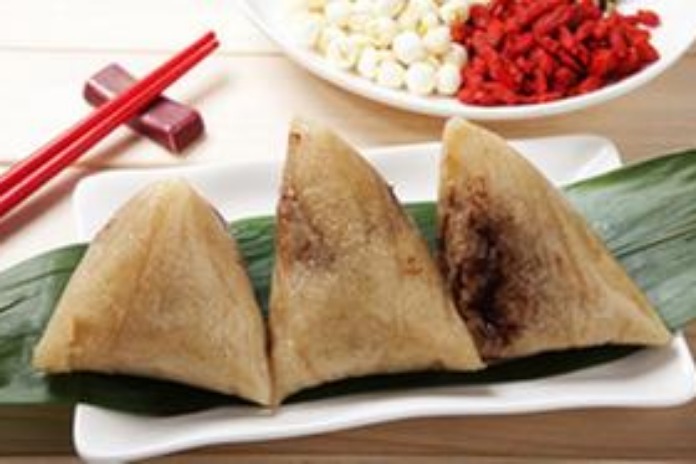Chinese cuisine evolves into vibrant tapestry
London expands its Far East offerings, from Cantonese dim sum and Sichuan hotpot to Lanzhou lamian and Taiwanese bubble tea, Wang Mingjie reports.


Broader landscape
Gordon Cheung, an expert in Chinese food studies at Durham University, describes the transformation as unmistakable.
"The previous Chinatown has been upgraded and extended," he says, noting how food offerings have become both "specialized" and "diversified" and include regional cuisines, as well as trendy additions like bubble tea and Chinese dessert cafes. Cheung notes the inclusion of Taiwanese restaurants, such as Leong's Legend, is further evidence of this expanding culinary landscape.
London now offers Chinese dining experiences for every occasion and budget. Michelin-starred venues like A Wong and Kai Mayfair redefine Chinese fine dining, while fusion-inspired restaurants like Hakkasan and Hutong blend traditional flavors with modern presentation. Casual options, such as noodle houses like JWD Lamian Noodle Bar, provide hearty northern Chinese staples like beef noodles in chili oil.
"The growing demand for diverse and authentic culinary experiences is reshaping London's Chinese food scene," Chen adds.
Hotpot culture has captivated Londoners, with chains re-creating the communal dining experiences beloved in Chengdu and Chongqing.
Noodle shops are also gaining traction, reflecting the city's growing appreciation for authentic, everyday Chinese food.
Karen Kwok, a London-based foodie originally from Hong Kong, has witnessed this evolution firsthand.
"When I came to London in 2015, most Chinese restaurants served Cantonese food, dim sum, and roast duck. While I love those, the options lacked variety," she says. "Over time, Sichuan restaurants gained popularity as people became obsessed with spicy food. Then, all of a sudden, there were hotpot restaurants everywhere, along with dumpling and noodle shops."
Having tried around 20 to 30 Chinese restaurants in the city, Kwok recommends A Wong for fine dining, Ma La Sichuan for casual meals, and Xiao Long Kan Hotpot in Holborn for hotpot enthusiasts.
The increasing variety of Chinese food in London is a development Kwok sees as overwhelmingly positive.
"Westerners' views of Chinese food are often one-dimensional," she says. "But the diversity of regional dishes — each with unique flavors — encourages cultural exchange and drives restaurants to improve."
She is particularly fond of dining at hotpot and noodle establishments, which have become increasingly popular in the city, and describes hotpot as an "adventure" for many Londoners, likening it to Swiss fondue.
"It comes with so many ingredients unfamiliar to Westerners — like frog legs — which makes it an experience. Noodles and dumplings, on the other hand, are budget-friendly and beloved staples in a pricey city like London," she adds.



































